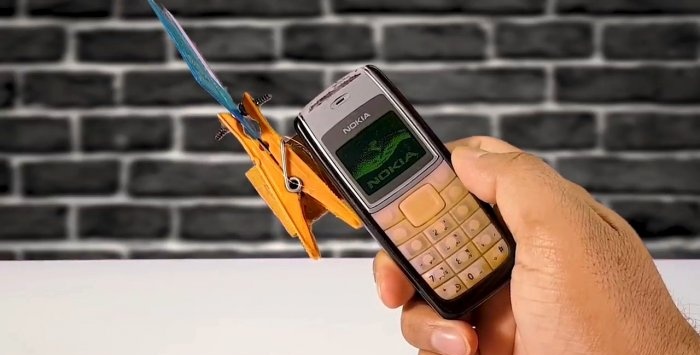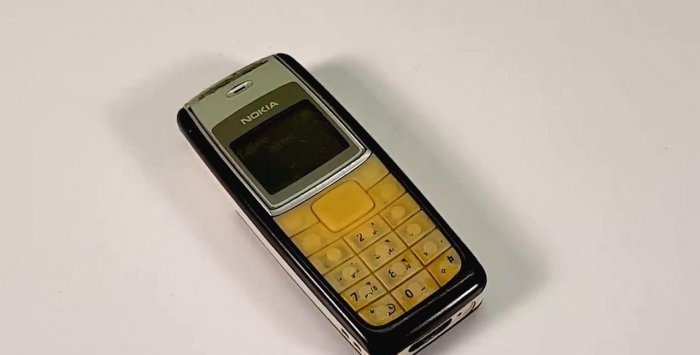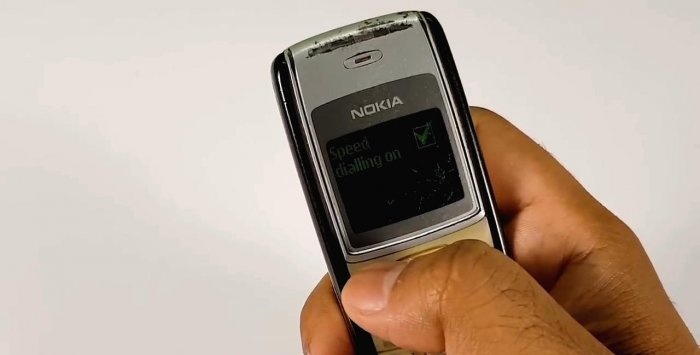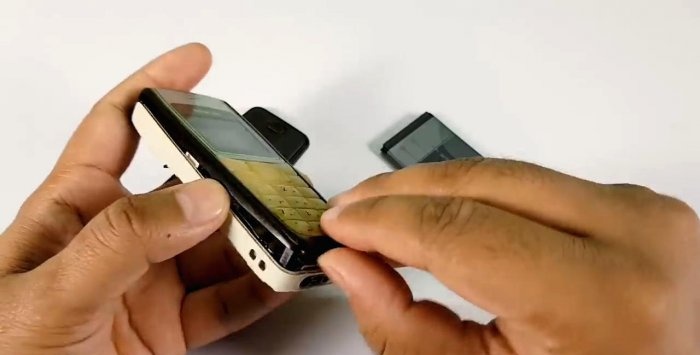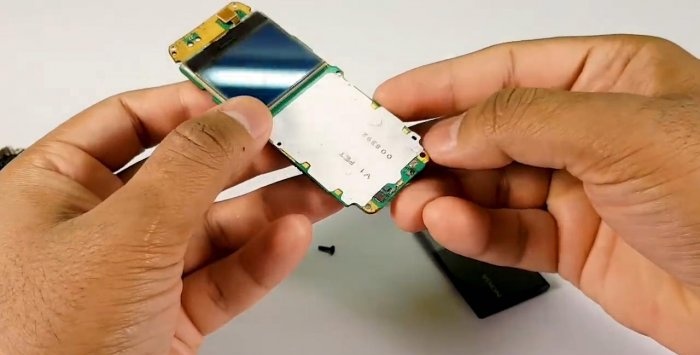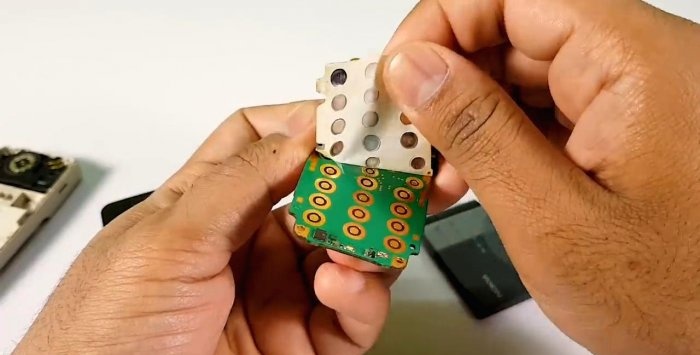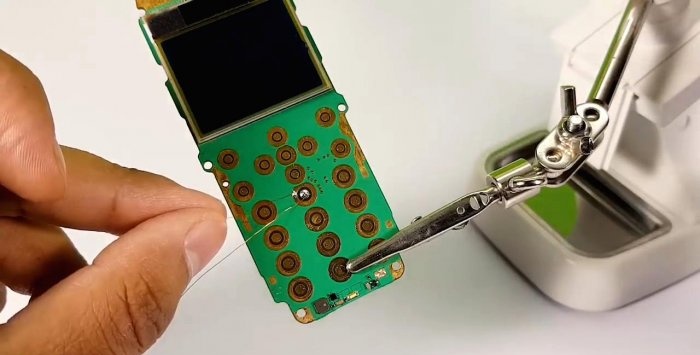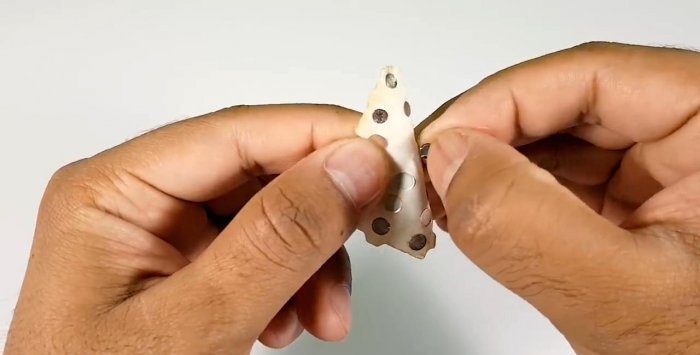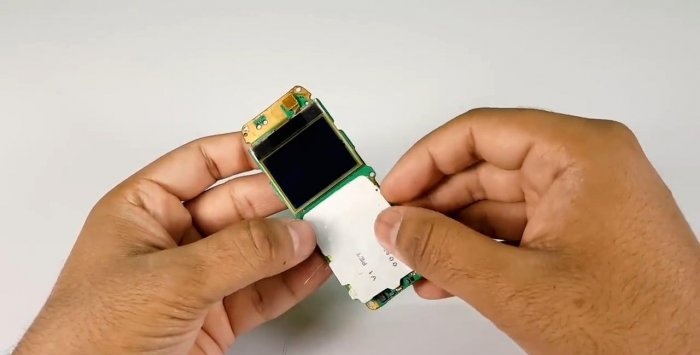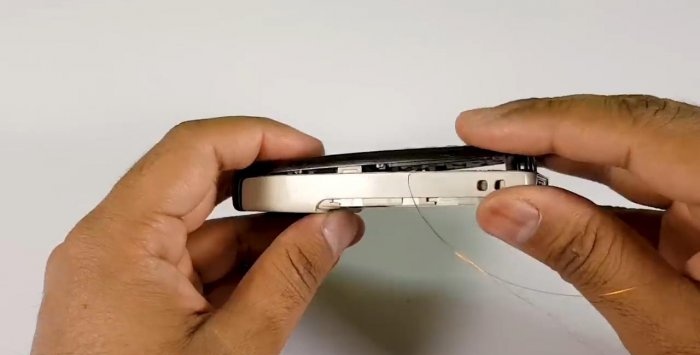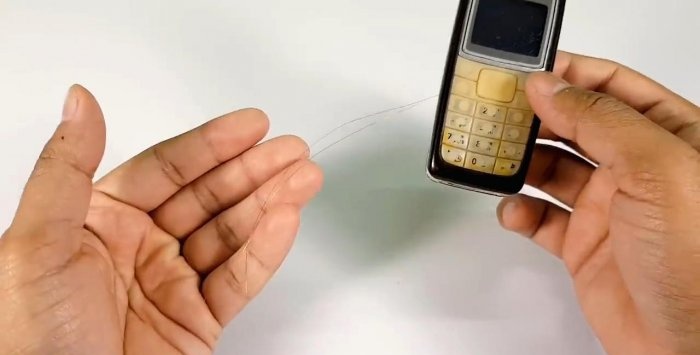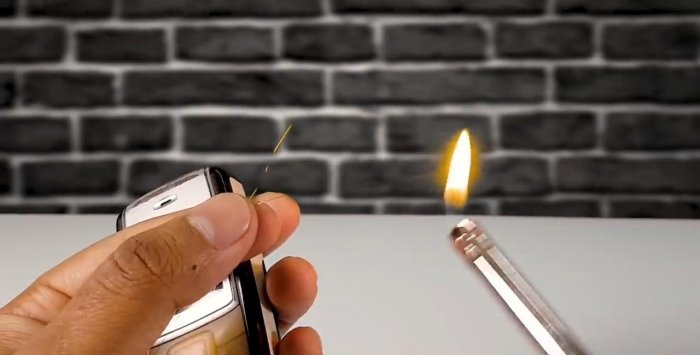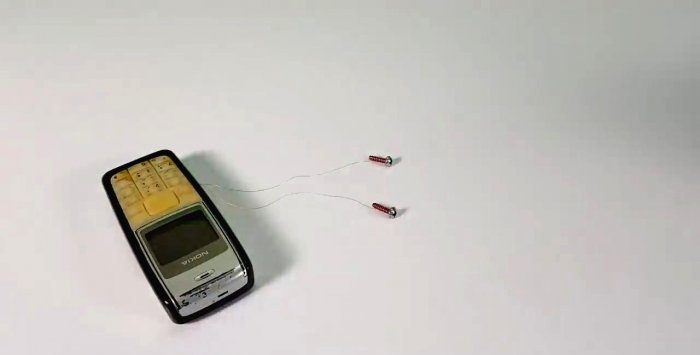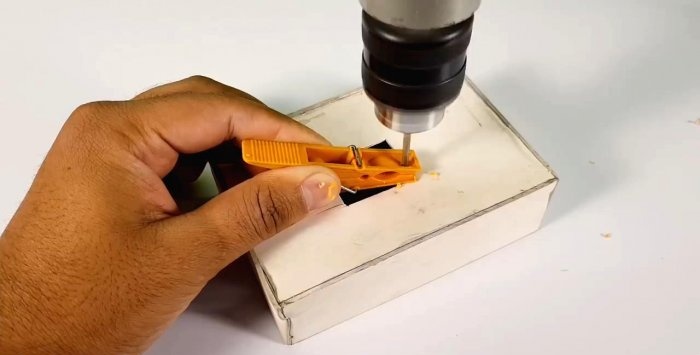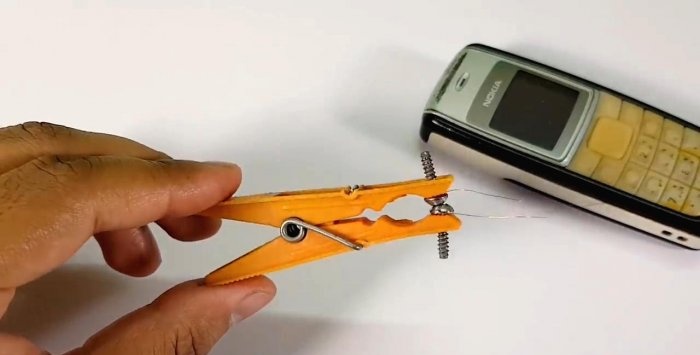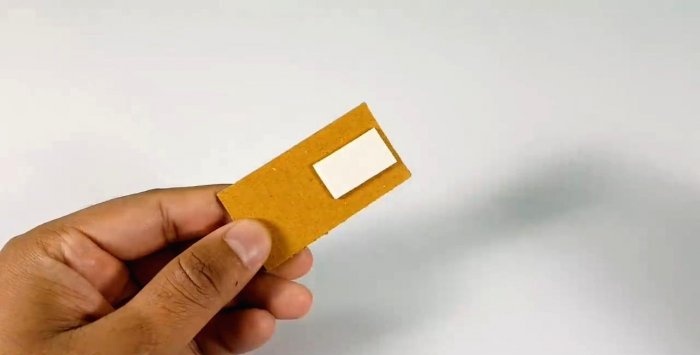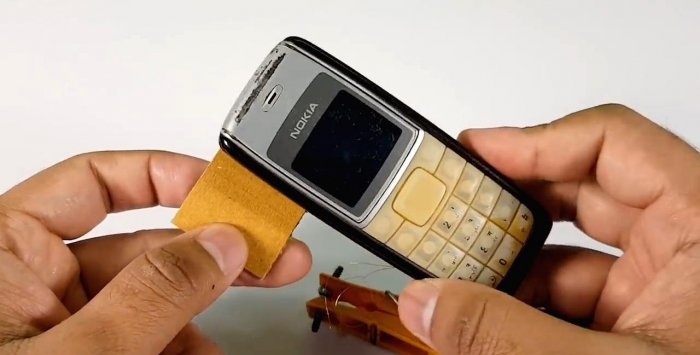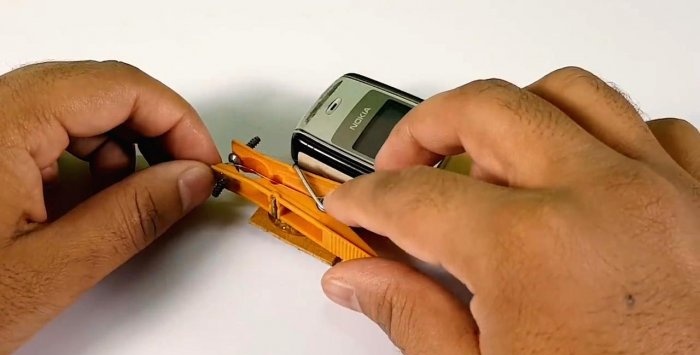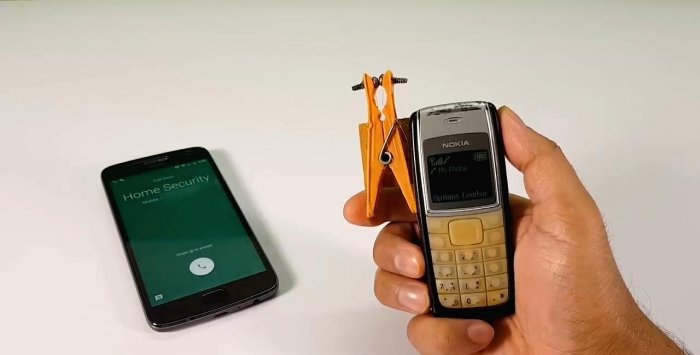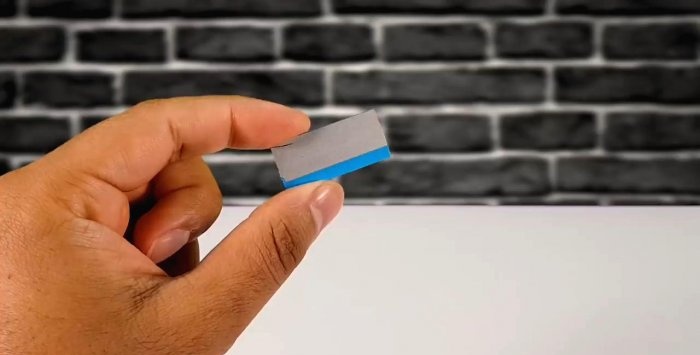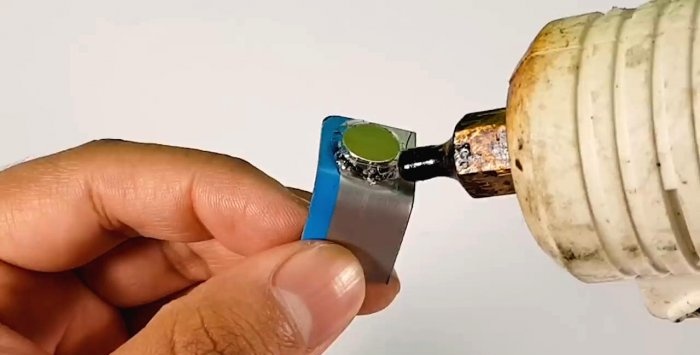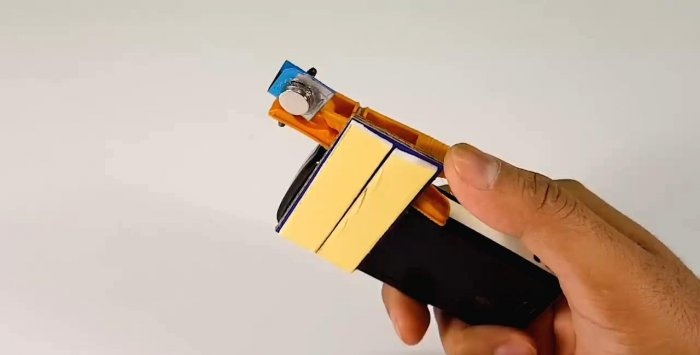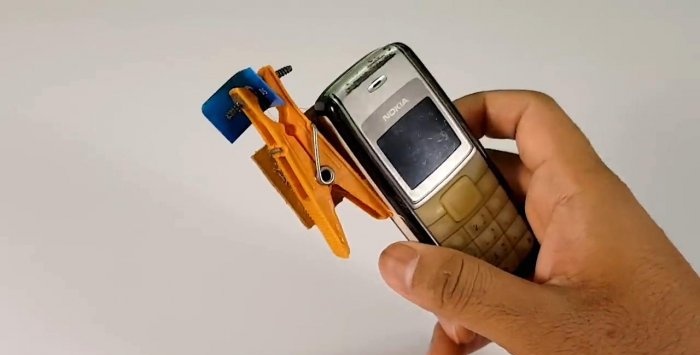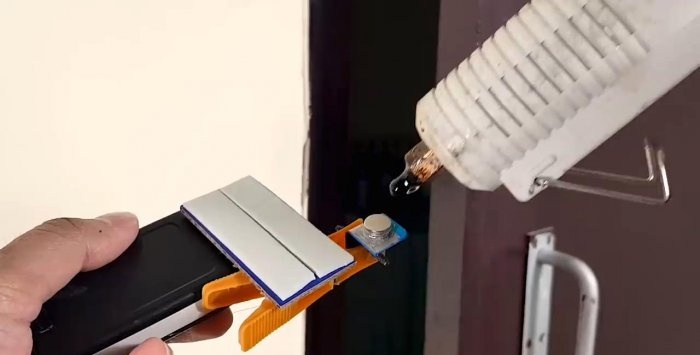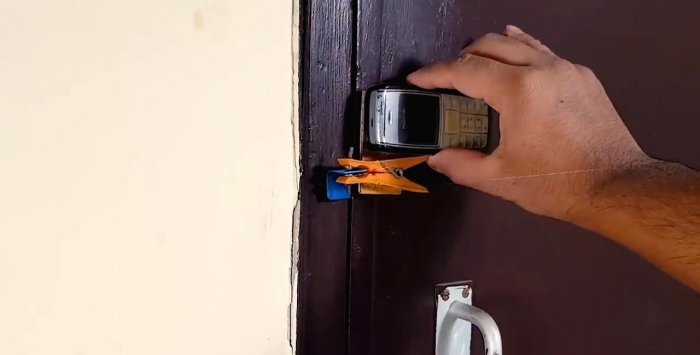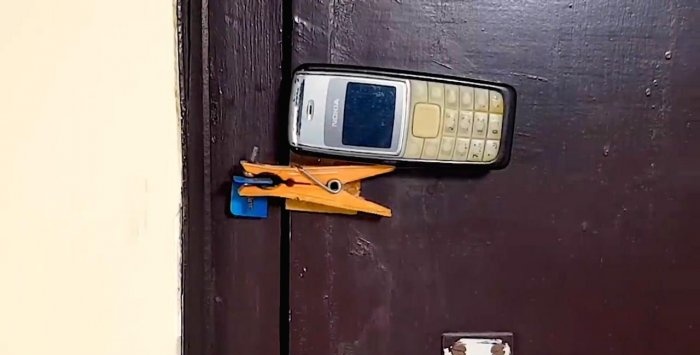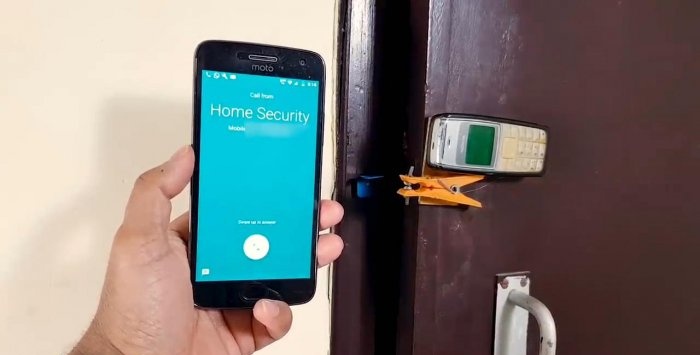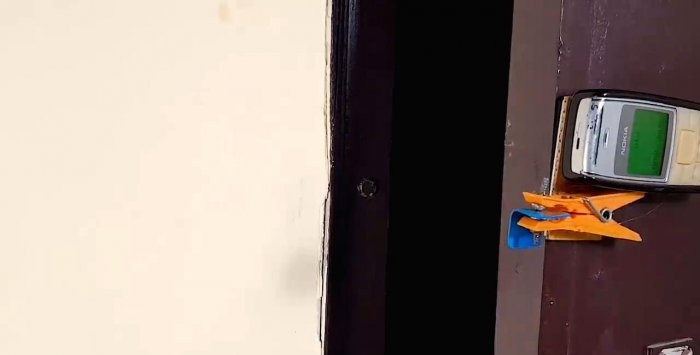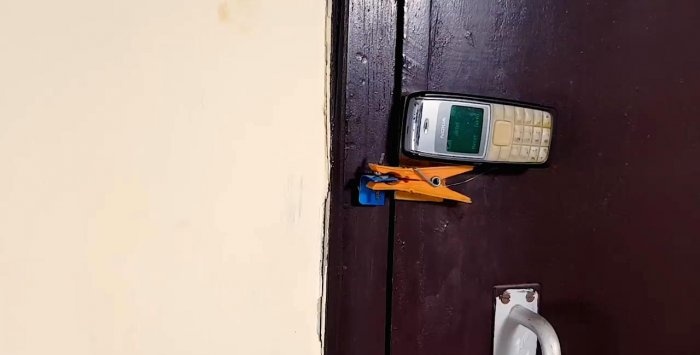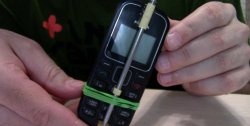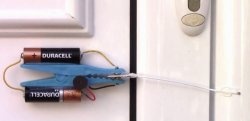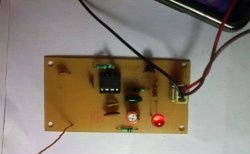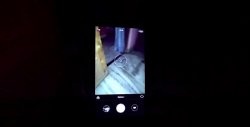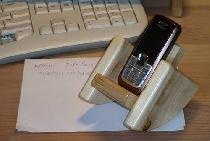The simplest GSM alarm from an old phone
Hello, friends! I want to tell you how you can create something useful using an old mobile phone. Namely, this will be the simplest GSM alarm system, with which you can remotely control various objects, such as a cottage or apartment.
What do we need
- any mobile phone with a push-button keyboard;
- soldering iron;
- two screws;
- unused bank plastic card;
- clothespin;
- two neodymium magnets in the form of tablets with a diameter of about 10 mm;
- a rectangular plate made of plastic or plywood measuring approximately 50x100 mm.
You will also need a sharp knife (preferably a shoemaker's type), sandpaper, glue, and a small gas burner (you can use a lighter).
Let's get started
So, let's begin. The first thing you need to do is turn on the speed dial feature on your phone. Next, we assign a key to dial the number to which we want to receive notifications. I decided to use the "2" button.
After that, we proceed to disassembling the phone.
We need to get to the button circuit board.
The board contains round contact plates, each of which corresponds to a specific phone button. On top, the board with plates is covered with a polymer film, into which elastic silicone elements are built in, which act as springs when the buttons are pressed.
Each silicone spring contains a metallized pad, which, when pressed, closes the contact plates.
Carefully remove the film from the board. Looking ahead, I will say that we have to solder the contact pads. Therefore, it would be a good idea to wipe the area of the speed dial button we have assigned with a napkin soaked in solvent. In my case, as I said, it's a two.
Now we solder two wires to the contacts of our speed dial button.
I had at my disposal a copper enameled winding wire with a diameter of 0.2 mm. The length of the wires should be such that their free ends extend beyond the phone body after assembly by 10 - 15 cm. Regarding the wire, I can say the following. It can be anything, the main thing is that its thickness does not interfere with the assembly of the phone after soldering.
Before soldering, you need to remove the insulation from the tip of the wire. If it is an enamel wire, like mine, this can be done using sandpaper. But first it is better to try to tin the tip without removing the insulation. The varnish with which the wire is coated can melt under the influence of the temperature of the soldering iron and the tip of the wire will be covered with a thin layer of tin, which is what is required. If that doesn't work, you'll have to strip the insulation. This must be done carefully; a wire as thick as mine can be torn very easily.
Having finished with soldering, we paste the film that we removed from the board into place. But before that, we remove all the conductive plates from it; they will no longer be needed.
Now we assemble the phone, insert a working SIM card and a battery into it. Two wires, as already mentioned, should go out.
We strip the ends of the wires from insulation (I did this using a small gas torch).
We wrap the exposed sections of wires around screws, screws or self-tapping screws. I used two screws with a threaded part diameter of about 4 mm.
Now we take out our clothespin. In both of its doors we drill holes according to the diameter of the selected screws.
We insert the screws into the holes in such a way that when released, the clothespin presses their heads together, ensuring good electrical contact (it doesn’t hurt to sand the screw heads for this). The screws on the reverse side must be secured with nuts or glue. I used hot glue.
The resulting system must be secured to a plastic or plywood plate. I put the phone on double-sided tape and glued a clothespin.
The glue should not prevent the clothespin from opening and closing.
If you now insert a plastic card between the screws, then turn on the phone and remove the card from the clothespin, a call will follow to the number you selected.
Thus, we have a simple security alarm that can be used in various ways.
I suggest using a system to alarm when the front door of a house or apartment is opened. To do this, cut out a strip from a plastic card, the width of which is slightly larger than the diameter of the magnets.
After heating the middle of the strip with a torch or lighter, bend it 90 degrees. One of the sides of the resulting corner will serve as an insulating gasket between the contact screws in the clothespin; we glue one magnet to the second side. This side will face the door frame.
Now we glue the plate with the phone and clothespin to the door with double-sided tape. We insert a curved strip of plastic with a magnet into a clothespin, install a second magnet on the glued magnet and apply glue to its outer surface.
After closing the door, glue the second magnet to the stationary part of the door frame or jamb.
The result should be the following. When the door is closed, a piece of card is clamped with a clothespin, providing insulation between the screws. When the door is opened, the clothespin and telephone come off along with the door, and a strip of plastic, pressed with strong magnets to the door frame, jamb or wall, remains in place. The clothespin compresses the screw heads and the phone dials the specified number.
This way, you will receive a call on your mobile when someone opens your front door. By the way, if you answer this call, you will hear what is happening there.
To deactivate the system, you need to go inside, disconnect the plastic corner held by the magnet and insert it into the clothespin. The call button contact will be disconnected.
Conclusion
The installation location of the telephone with a clothespin, as well as the size and shape of the insulating plate depend on the configuration of your door. Therefore, in each specific case these issues must be resolved individually.
Watch the video
Similar master classes
Particularly interesting

Cable antenna for digital TV in 5 minutes

A selection of simple and effective schemes.

Three-phase voltage from single-phase in 5 minutes
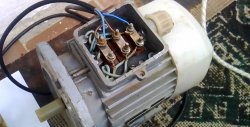
Starting a three-phase motor from a single-phase network without a capacitor

Eternal flashlight without batteries
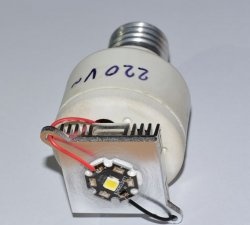
How to make an inexpensive but very powerful LED lamp
Comments (15)

